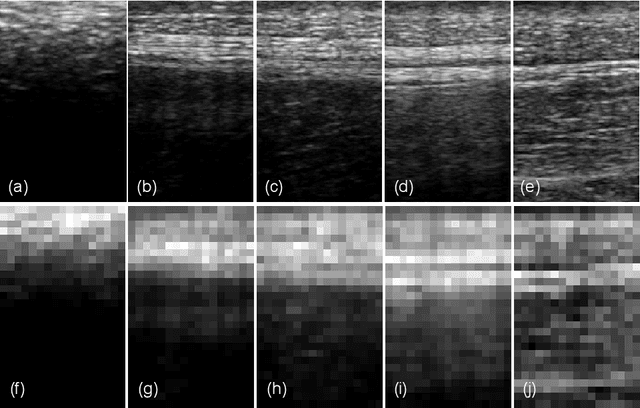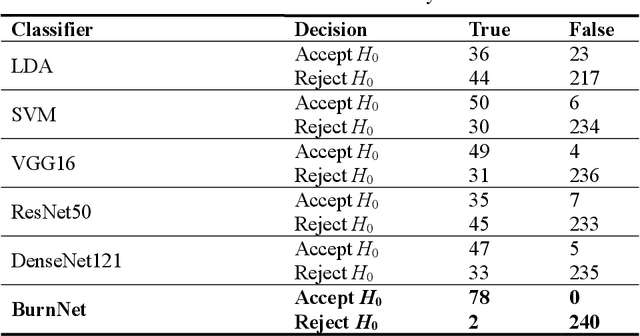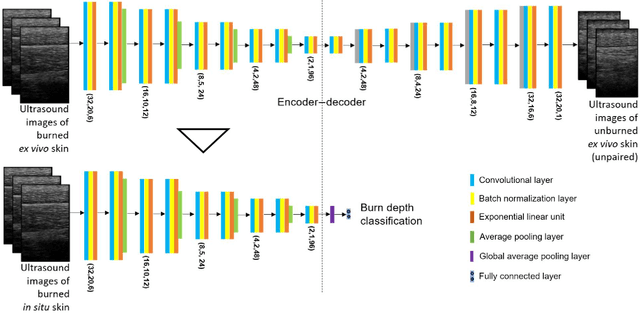Rahul
Airway Skill Assessment with Spatiotemporal Attention Mechanisms Using Human Gaze
Jun 24, 2025Abstract:Airway management skills are critical in emergency medicine and are typically assessed through subjective evaluation, often failing to gauge competency in real-world scenarios. This paper proposes a machine learning-based approach for assessing airway skills, specifically endotracheal intubation (ETI), using human gaze data and video recordings. The proposed system leverages an attention mechanism guided by the human gaze to enhance the recognition of successful and unsuccessful ETI procedures. Visual masks were created from gaze points to guide the model in focusing on task-relevant areas, reducing irrelevant features. An autoencoder network extracts features from the videos, while an attention module generates attention from the visual masks, and a classifier outputs a classification score. This method, the first to use human gaze for ETI, demonstrates improved accuracy and efficiency over traditional methods. The integration of human gaze data not only enhances model performance but also offers a robust, objective assessment tool for clinical skills, particularly in high-stress environments such as military settings. The results show improvements in prediction accuracy, sensitivity, and trustworthiness, highlighting the potential for this approach to improve clinical training and patient outcomes in emergency medicine.
* 13 pages, 6 figures, 14 equations,
A deep learning model for burn depth classification using ultrasound imaging
Mar 29, 2022



Abstract:Identification of burn depth with sufficient accuracy is a challenging problem. This paper presents a deep convolutional neural network to classify burn depth based on altered tissue morphology of burned skin manifested as texture patterns in the ultrasound images. The network first learns a low-dimensional manifold of the unburned skin images using an encoder-decoder architecture that reconstructs it from ultrasound images of burned skin. The encoder is then re-trained to classify burn depths. The encoder-decoder network is trained using a dataset comprised of B-mode ultrasound images of unburned and burned ex vivo porcine skin samples. The classifier is developed using B-mode images of burned in situ skin samples obtained from freshly euthanized postmortem pigs. The performance metrics obtained from 20-fold cross-validation show that the model can identify deep-partial thickness burns, which is the most difficult to diagnose clinically, with 99% accuracy, 98% sensitivity, and 100% specificity. The diagnostic accuracy of the classifier is further illustrated by the high area under the curve values of 0.99 and 0.95, respectively, for the receiver operating characteristic and precision-recall curves. A post hoc explanation indicates that the classifier activates the discriminative textural features in the B-mode images for burn classification. The proposed model has the potential for clinical utility in assisting the clinical assessment of burn depths using a widely available clinical imaging device.
 Add to Chrome
Add to Chrome Add to Firefox
Add to Firefox Add to Edge
Add to Edge